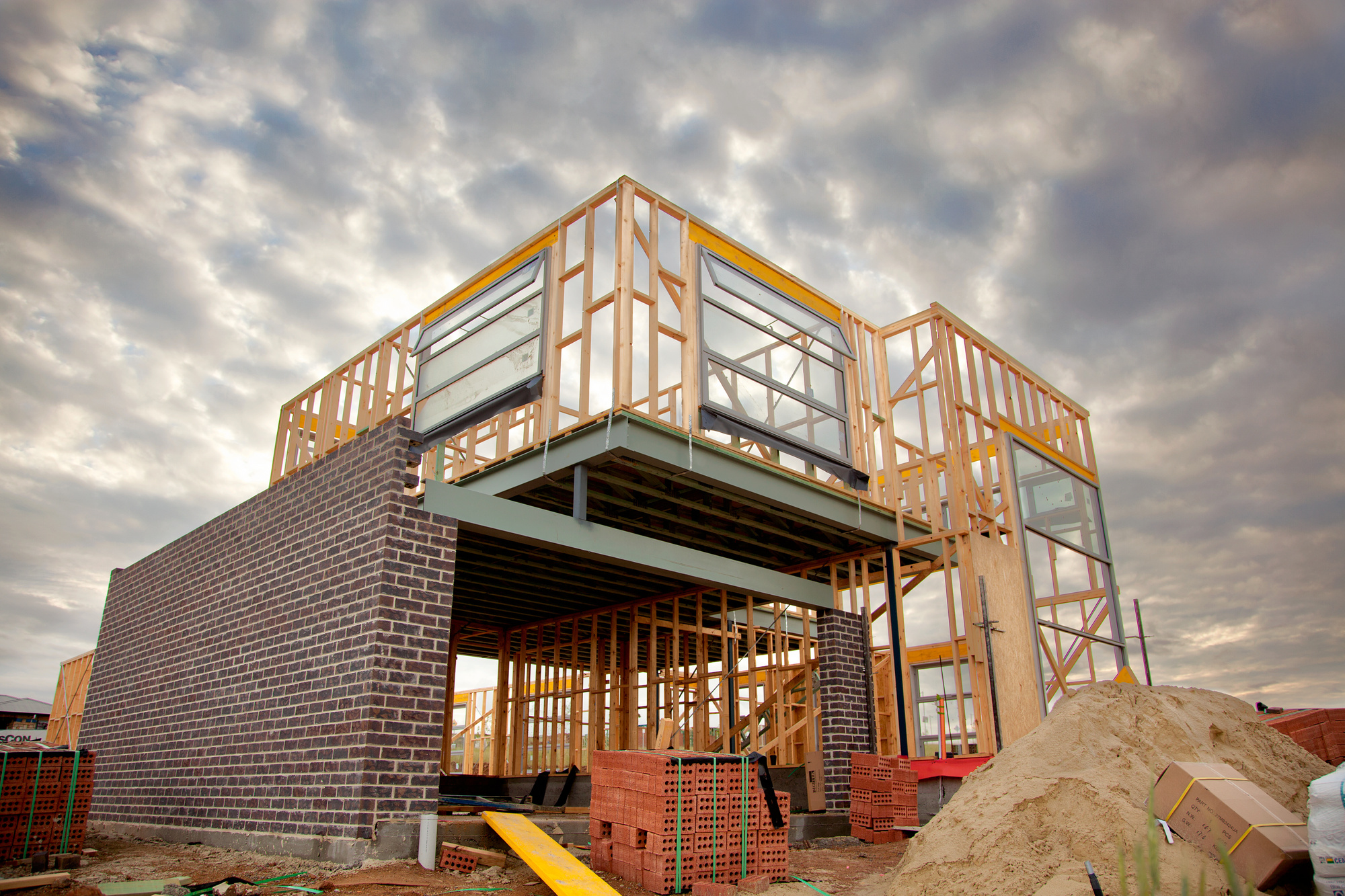Constructing a home that endures through the ages is an aspiration held by many. A long-lasting house signifies a wise investment. It’s also a legacy you can pass down to future generations, making the structure more meaningful and valuable.
Home construction requires building a structure that transcends time. It should be strong enough to withstand climate and other outdoor elements for decades. However, creating a home built to last requires careful consideration of building principles, planning, material selection, and other factors.
Here’s a quick guide on building a home that lasts for generations.
Considering Compatibility With The Environment
Considering a home’s compatibility with its environment is one way to achieve longevity. It involves choosing weatherproof materials and designing a structure that can withstand the climate in its location. One solution to achieve compatibility and longevity is custom home building.
Constructing a home from scratch allows thorough planning and designing based on climate and other outdoor elements. An appreciation for the local climate and conditions is significant in determining the long-term durability of your home. Consider the difference between building a home in a humid tropical region versus a home in a cold, dry climate. The materials, design features, and even construction techniques would vary considerably.
Understanding the environment helps ensure that your home remains structurally sound, regardless of weather conditions.
The Planning Stage: Designing A Generational Home
A well-thought-out architectural design not only enhances your house’s beauty but also influences its lifespan. Homes with an adaptable floor plan and timeless design elements will likely be preserved and cherished by future generations.

The design phase is integral to the longevity of your home. A good design transcends aesthetic appeal, incorporating practical aspects like flexibility for changing family needs, privacy, and accessibility. It requires creating a versatile space that grows with you decades from now.
Classic architectural styles like Victorian, Craftsman, or Georgian embody enduring aesthetics and have remained popular throughout the years. Embracing such styles can contribute to the longevity of your home.
Consulting with architects, engineers, and interior designers can provide valuable insights. Their expertise can guide you through planning a home that can accommodate multiple generations while being sturdy and durable.
Choosing Quality Building Materials
Quality materials are crucial elements of a long-lasting home. They are essential in ensuring the home’s longevity, from bricks and beams to the tiles and paint. It is vital to understand the properties of different materials and how they respond to the local climate and conditions.
For instance, while hardwood might seem like a luxurious choice for flooring, it could be more suitable in a humid area. Similarly, certain types of metal might be prone to corrosion in coastal regions. Therefore, investing in quality materials tailored to the local environment can reduce maintenance costs and contribute to your home’s longevity.
Construction Techniques For Durability
There’s more to durability than just sturdy materials. How these materials are put together also significantly impacts the lifespan of your home. Techniques honed over centuries, combined with modern construction practices, can create structures built to stand the test of time.
Skilled expertise ensures that every aspect of construction, from the foundation to the roofing, is completed with attention to detail. Alongside this, sustainable design elements like passive heating and cooling can contribute to your home’s durability by reducing the stress on its structure over time.
Maintenance And Preservation Of The Home
Regular maintenance can prevent minor issues from escalating into major problems, compromising your home’s structure. Preventive measures, such as waterproofing, termite treatments, and routine inspection of plumbing and electrical systems, can significantly prolong your home’s lifespan.
Each house component requires its unique care routine, from the foundation to the walls, the roofing, and the landscaping. Maintaining every detail is crucial to increase your home’s value over time.
Incorporating Technological Advancements
The evolution of technology has provided exciting new avenues for building durable homes. Home automation systems, renewable energy installations, and innovative building materials can enhance longevity and efficiency.
Modern technology can also contribute to your home’s resilience, enabling it to withstand various environmental conditions. For example, your home can now be fitted with systems that detect water leaks or electrical issues before they become significant problems.
Legal And Regulatory Considerations
Building a home involves complying with various building codes and regulations, all designed to ensure the safety and durability of the structure. Following these regulations is more than a legal requirement; it’s an investment.
Regular inspections during and after construction can help promptly identify and rectify any issues. By complying with these rules and regulations, you are protecting your investment, ensuring your home will last for generations.
Conclusion
Building a home that lasts for generations is a complex yet rewarding endeavor. It requires strategic choices and careful planning to ensure its durability. With the help of professional builders, you can create a house that you can cherish for decades.

